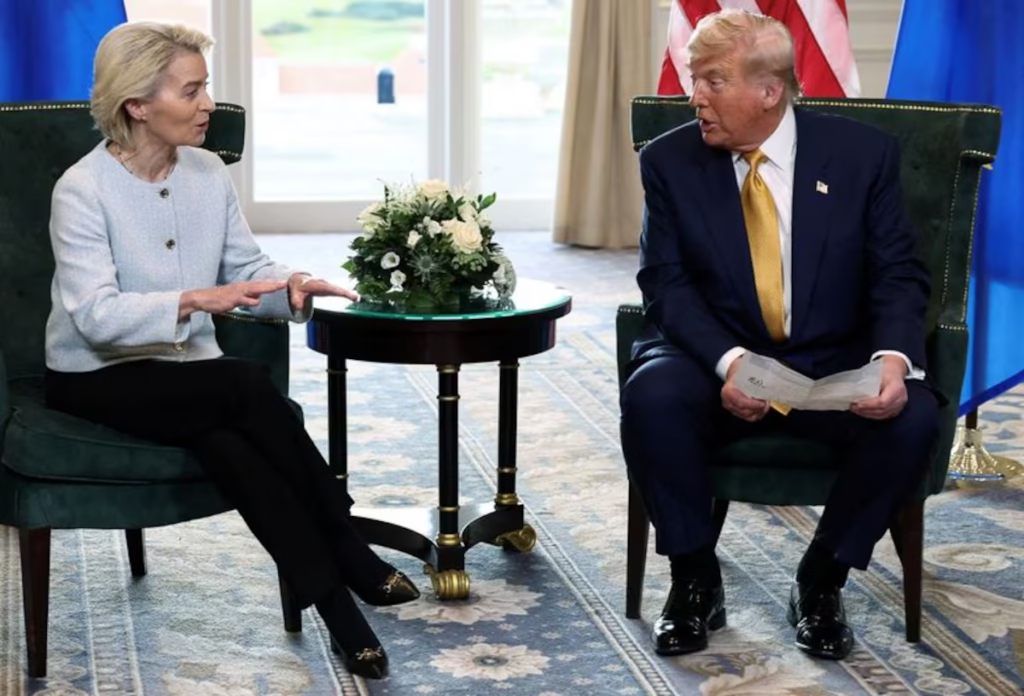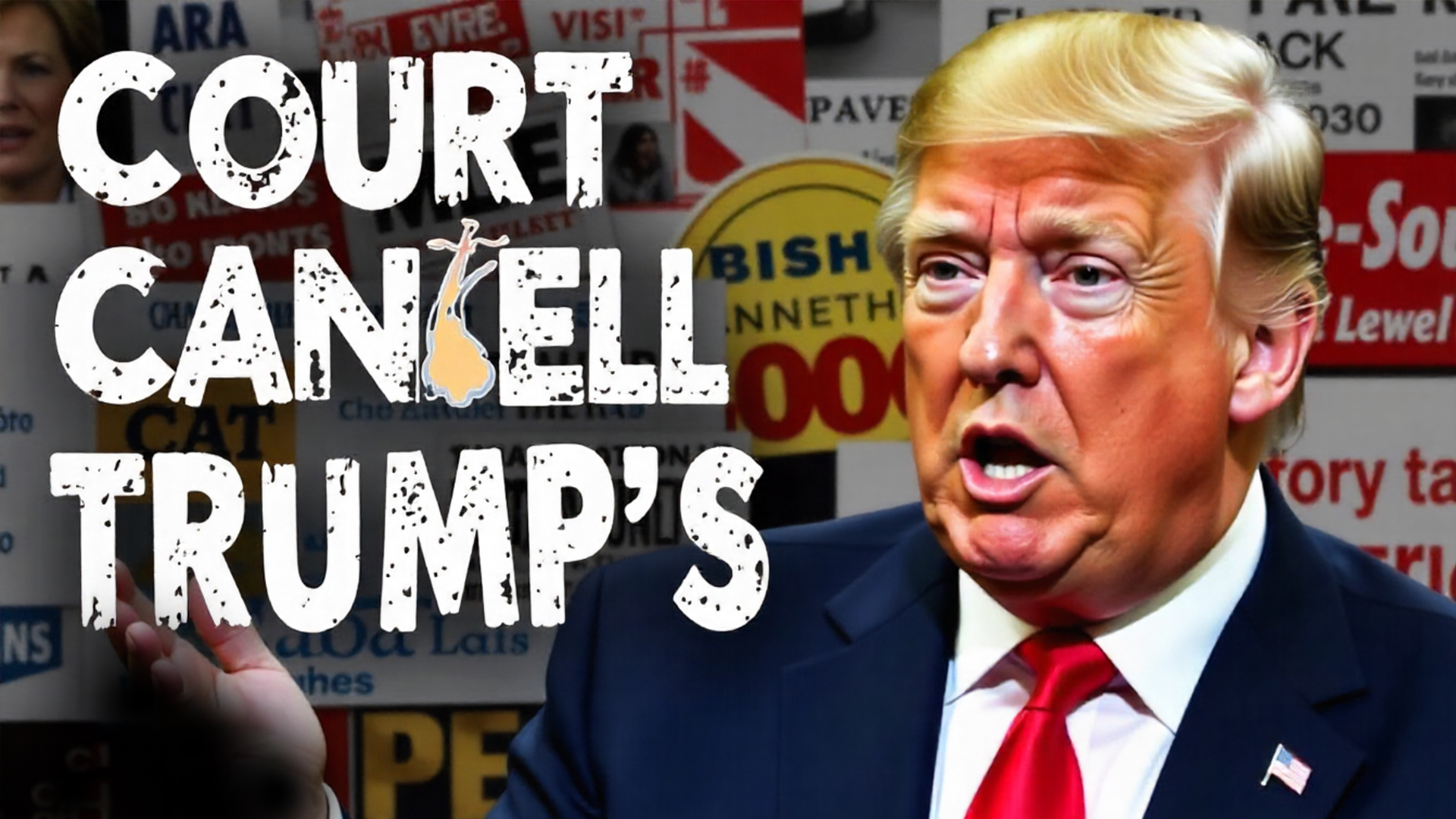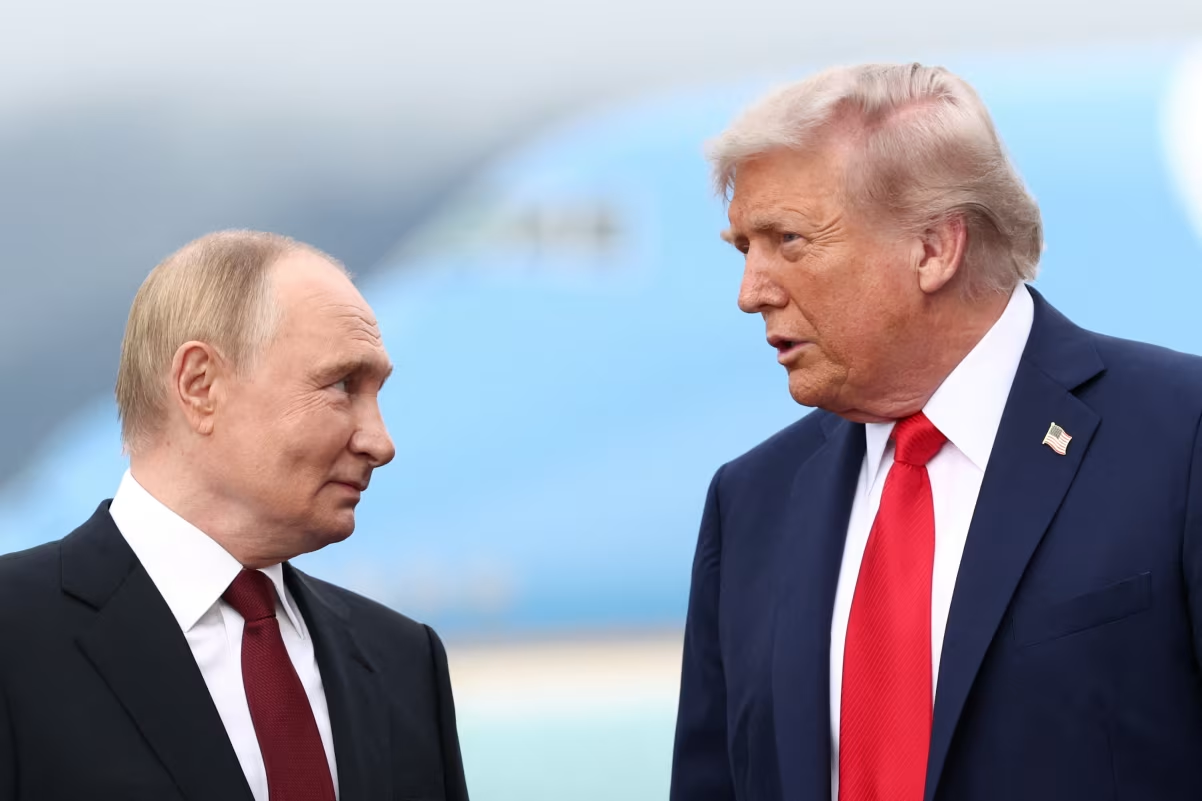Introduction: A Judicial Check on Presidential Power
In a dramatic 7-4 decision issued on August 29, 2025, the U.S. Court of Appeals for the Federal Circuit delivered a stinging rebuke to President Donald Trump’s aggressive trade agenda, ruling that most of his sweeping global tariffs exceed his authority under the International Emergency Economic Powers Act (IEEPA) of 1977. The court affirmed a lower ruling from the U.S. Court of International Trade in May, which had initially blocked the tariffs, finding they were “unbounded in scope, amount, and duration” and lacked explicit congressional authorization for such expansive taxation powers. While the tariffs remain in effect until October 14 to allow for a potential Supreme Court appeal, this ruling casts significant doubt on the legality of Trump’s “America First” strategy, which has imposed duties on nearly all imports since his inauguration.
Trump vs. Putin: The Alaska Summit That Changed Nothing
The case, consolidated as V.O.S. Selections v. Trump, stemmed from lawsuits filed by small businesses and a coalition of Democratic-led states, arguing that the tariffs—ranging from a 10% baseline on most countries to as high as 50% on nations like India and China—violate the Constitution’s delegation of taxing powers to Congress. The appeals court emphasized that IEEPA, designed for regulating transactions during emergencies, does not mention “tariffs” or “duties,” contrasting it with other statutes where Congress explicitly grants such authority with limits. This decision not only challenges the immediate policy but also raises broader questions about executive overreach in trade, echoing criticisms from Trump’s first term.
The Tariffs at the Heart of the Controversy
Trump’s tariffs, unveiled in phases since February 2025, were justified under IEEPA by declaring “national emergencies” related to trade deficits, fentanyl trafficking, and unfair foreign practices. Key measures include:
• Reciprocal Tariffs: Announced on April 2—“Liberation Day”—these impose a 10% baseline on virtually all imports, escalating to 15-50% for countries with trade surpluses against the U.S., such as China (up to 145% including prior duties), the EU (15%), and India (50% as of August 27 for Russian oil purchases).
• Trafficking Tariffs: Imposed on February 1, these hit Canada and Mexico with 25-35% duties and China with 10%, aimed at curbing fentanyl and migration flows—despite data showing minimal fentanyl seizures at the northern border.
Exemptions exist for certain goods like steel, aluminum (under separate Section 232 authority), pharmaceuticals, and USMCA-compliant items from Canada and Mexico, but the overall effective tariff rate has surged to 18-23%, the highest since the 1930s. By July, these levies generated $142 billion in revenue—double last year’s—but at the cost of strained supply chains and retaliatory measures from partners like the EU and China.
Trump’s Defiant Response and the Path to the Supreme Court
President Trump wasted no time in decrying the ruling as the work of a “highly partisan” court, posting on Truth Social: “ALL TARIFFS ARE STILL IN EFFECT! … If these Tariffs ever went away, it would be a total disaster for the Country. It would make us financially weak, and we have to be strong.” White House spokesperson Kush Desai echoed this, stating the administration “look[s] forward to ultimate victory” and that Trump “lawfully exercised the tariff powers granted to him by Congress.” The 30-day stay until October 14 provides breathing room, but legal experts anticipate a swift petition to the Supreme Court, where three Trump appointees could tip the scales.
Critics, including House Ways and Means Democrat Richard Neal, hailed it as a “victory for the rule of law,” arguing tariff authority belongs to Congress, not the executive. On X (formerly Twitter), reactions ranged from celebrations by affected businesses—“This is a win for my livelihood,” one user posted—to warnings of economic doom if overturned. Indian media noted the ruling’s implications for 50% duties on their exports, with tariffs staying put for now.

European Commission President Ursula von der Leyen speaks with Mr. Trump, after the announcement of a trade deal between the U.S. and EU, in Turnberry, Scotland, Britain, July 27. Credit: Evelyn Hockstein/Reuters
Economic Fallout: Winners, Losers, and Broader Ripples
Trump’s tariffs were sold as a shield for American workers, promising to protect jobs in manufacturing and reduce deficits by $4 trillion over a decade, per a Congressional Budget Office assessment cited by the administration. Proponents point to first-term gains: Steel output rose, with $15.7 billion in investments and 3,200 jobs created post-2018 duties. Yet, the broader picture is grim, with economists across the spectrum warning of inflation, job losses, and slowed growth.
• Impact on Consumers: Tariffs act as a regressive tax, disproportionately hitting low-income households. Yale’s Budget Lab estimates a $3,800 annual loss per household from all 2025 tariffs, with apparel prices up 17% and overall inflation rising 2.3%. The Peterson Institute projects $1,700-$2,500 yearly hits for middle-income families, as costs for clothing, electronics, and groceries soar—washing machines alone jumped 12% in 2018, costing $1.5 billion extra. Retailers like Walmart and Macy’s have already raised prices, with stockpiling reported amid fears of shortages.
• Effects on Workers and Industries: While steel and manufacturing saw short-term boosts, downstream sectors suffered. The University of Chicago survey found no net job gains from first-term tariffs; instead, 245,000 jobs were lost economy-wide due to higher input costs and retaliation. Penn Wharton models predict an 8% GDP drop and 7% wage decline under full implementation, with middle-income households facing $58,000 lifetime losses—twice the hit from a corporate tax hike. Agriculture, hit by retaliatory tariffs, could lose billions; farmers in states like Iowa and California are already reeling. California’s lawsuit highlights 64,000 potential job losses and $25 billion in household costs there alone.
• Global and Long-Term Ramifications: The IMF and OECD have downgraded 2025 global growth to 3.0% from 3.3%, citing U.S. tariffs as a key drag. Retaliation from the EU, China, and others has fractured alliances, with deals like those with the UK and Japan now in jeopardy. J.P. Morgan forecasts a 1-1.5% U.S. inflation spike, cooling hiring (only 73,000 jobs added in July), and potential recession risks. Tourism could lose $29 billion due to strained relations.
Even if upheld, tariffs may not shrink the trade deficit—driven more by U.S. spending patterns than foreign “unfairness”—and could accelerate deglobalization, harming innovation and productivity.
Conclusion: A Pivot Point for U.S. Trade Policy?
This ruling forces a reckoning for Trump’s second-term vision, where tariffs were to “Make America Rich Again.” While the administration eyes other tools like Section 232 for national security tariffs, a Supreme Court loss could mandate refunds of billions collected, crippling revenue plans and exposing the limits of unilateral executive action. For workers in protected sectors, short-term gains may persist, but the consensus among economists—from the Tax Foundation to the Center for American Progress—is that the net effect is economic harm: higher costs, fewer jobs, and a weaker global standing.
As the case heads to the high court, the tariffs’ fate hangs in the balance, but their damage—evident in rising prices, stalled hiring, and market volatility—is already unfolding. This isn’t just a legal battle; it’s a test of whether “America First” can withstand the realities of interconnected global trade.





